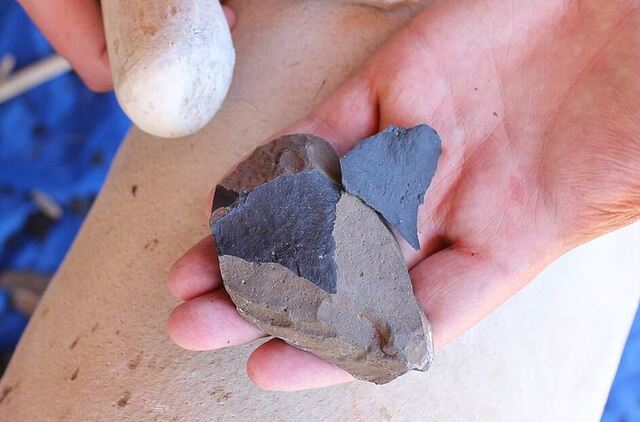Meadowcroft Rockshelter: A Window into Pennsylvania's Ancient Past
Unveiling a Prehistoric Legacy: Excavations at Meadowcroft Rockshelter have unearthed a remarkable collection of artifacts that vividly depict life in Pennsylvania over 16,000 years ago. These artifacts, including stone tools, projectile points, pottery fragments, wooden instruments, woven cordage, bark basketry, and even decorated bone knife handles, offer a glimpse into the lives of the region's earliest inhabitants.
Challenging Assumptions:
The discoveries at Meadowcroft have revolutionized our understanding of human migration and settlement in North America. Previously, it was believed that humans first arrived on the continent around 11,000 years ago. However, the evidence from Meadowcroft suggests a much earlier presence, pushing back the timeline of human occupation by thousands of years.
A Testament to Preservation:
Meadowcroft Rockshelter's unique geological formation, a natural rock overhang, has protected the site and its artifacts from the ravages of time. The shelter's dry conditions have allowed for the exceptional preservation of organic materials like wood and plant fibers, providing a rare opportunity to study the daily lives of prehistoric Pennsylvanians.
A National Treasure:
Recognizing its immense historical and scientific significance, Meadowcroft Rockshelter was designated a National Historic Landmark 2005. It is now a part of the Heinz History Center of Pittsburgh. It features a museum and a reconstructed 16th-century Monongahela culture Indian village, offering visitors an immersive experience of Pennsylvania's ancient past.




